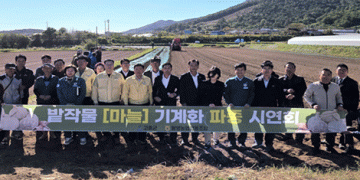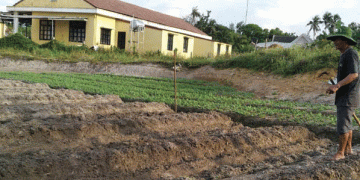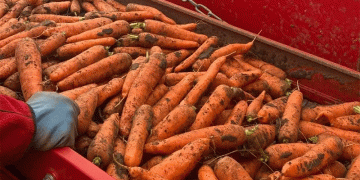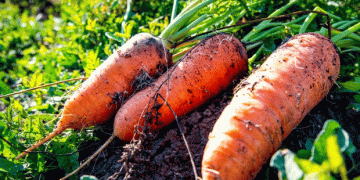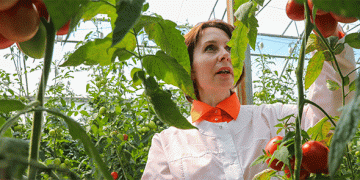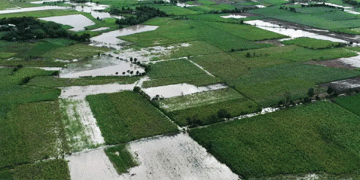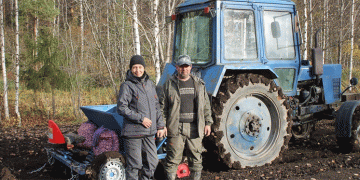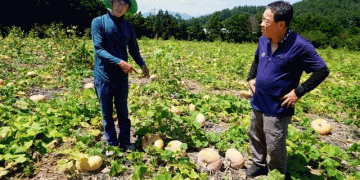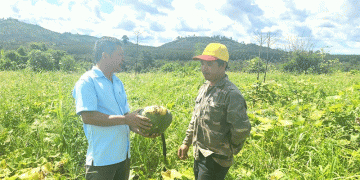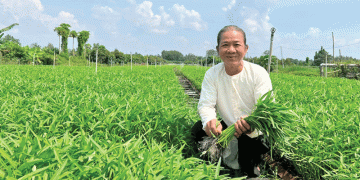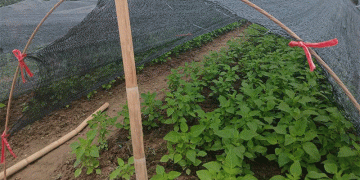In Goheung County, South Korea, a quiet revolution is underway for a crop notorious for its high labor demands: garlic. The Palyoung Agricultural Cooperative recently hosted a demonstration for its members, showcasing a state-of-the-art, multi-functional planter. This machine performs ridge forming, plastic mulching, sowing, and pesticide application in a single pass—a significant leap in efficiency that directly tackles the most pressing challenges in modern agriculture: rising labor costs and a shrinking workforce.
Addressing the Core Challenge of Labor Intensity
Garlic cultivation is exceptionally labor-intensive, with studies from the FAO and various agricultural universities indicating that labor can account for over 50% of total production costs. In regions like East Asia, where rural populations are aging and youth are moving to cities, this model is becoming unsustainable. The Palyoung Cooperative’s initiative is a direct response to this crisis. By integrating four critical steps into one operation, the technology demonstrated has the potential to reduce fieldwork time by up to 70% for the planting operation alone, according to data from similar mechanization projects in high-value vegetable production.
The Economic Model: Accessibility Through Collaboration
A critical aspect of this initiative’s success is its collaborative financial model. Rather than placing the full capital burden on individual farmers—a significant barrier to adoption—the cooperative secured the machinery through a lease agreement with the Goheung County government. This “pay-as-you-go” model, where farmers pay an annual rental fee, makes cutting-edge technology accessible to small and mid-sized operations. This approach mirrors successful agricultural machinery rental schemes in Europe and North America, which have been shown to increase the adoption rate of smart farming technologies by more than 300% among smaller holders compared to outright purchase models.
Beyond Planting: A Strategy for Systemic Resilience
The planting demonstration is just the first step in a broader strategy. The cooperative’s plan to establish a dedicated “garlic mechanization complex” and expand custom hire services points to a systemic solution. This creates a centralized hub for expertise and equipment, ensuring optimal use of expensive machinery and providing a reliable service for all cooperative members. The ultimate goals—reducing production costs, solving labor shortages, and increasing farm income—are interconnected. By lowering the primary cost driver (labor), farmers can improve their profit margins even in the face of volatile market prices, ensuring the long-term economic viability of local garlic production.
The Palyoung Cooperative’s one-pass planting demonstration is more than a simple machinery showcase; it is a masterclass in modern agricultural problem-solving. It proves that the path to sustainability for high-labor crops like garlic lies in smart mechanization, implemented through cooperative models that democratize access to technology. This approach does not just save time; it builds a more resilient, profitable, and competitive agricultural sector capable of weathering the challenges of the 21st century. For agronomists and farm owners worldwide, it serves as a powerful example of how to turn a technological solution into a community-wide success.
